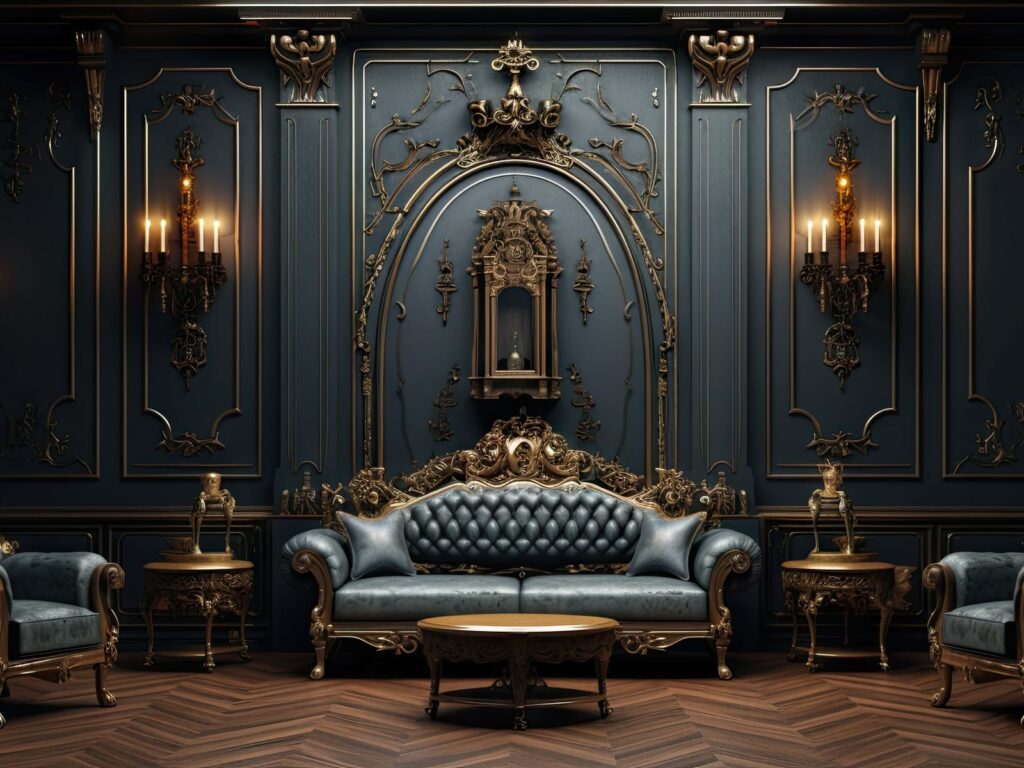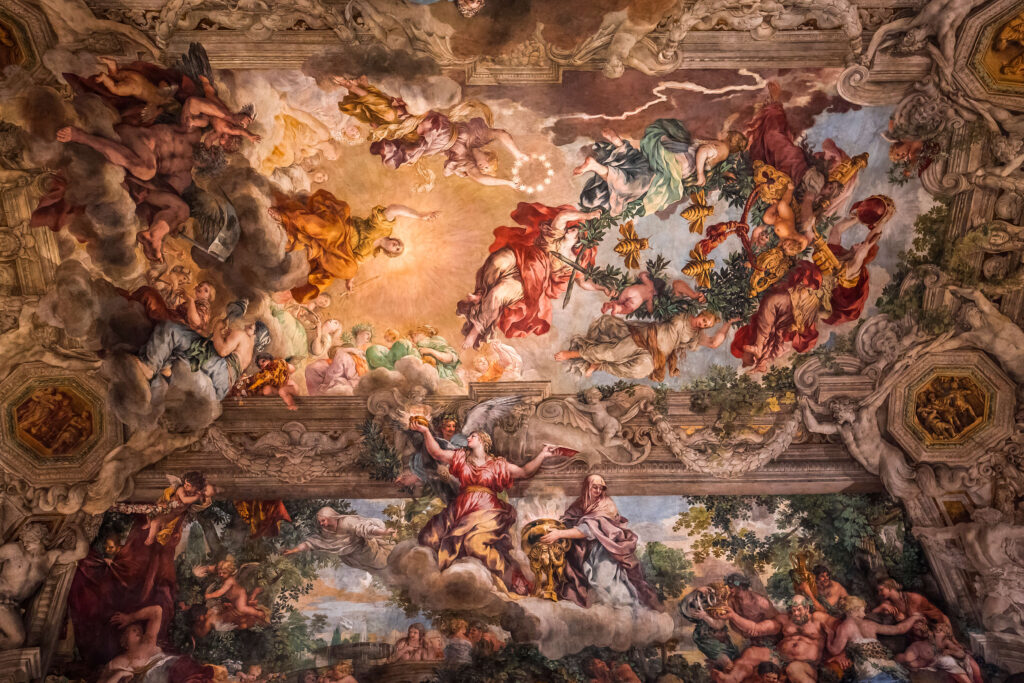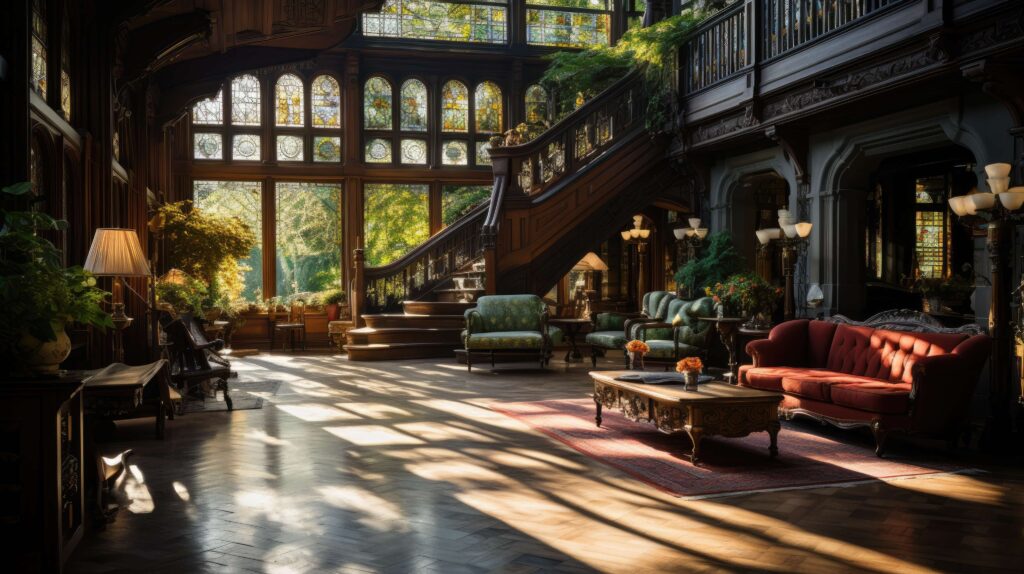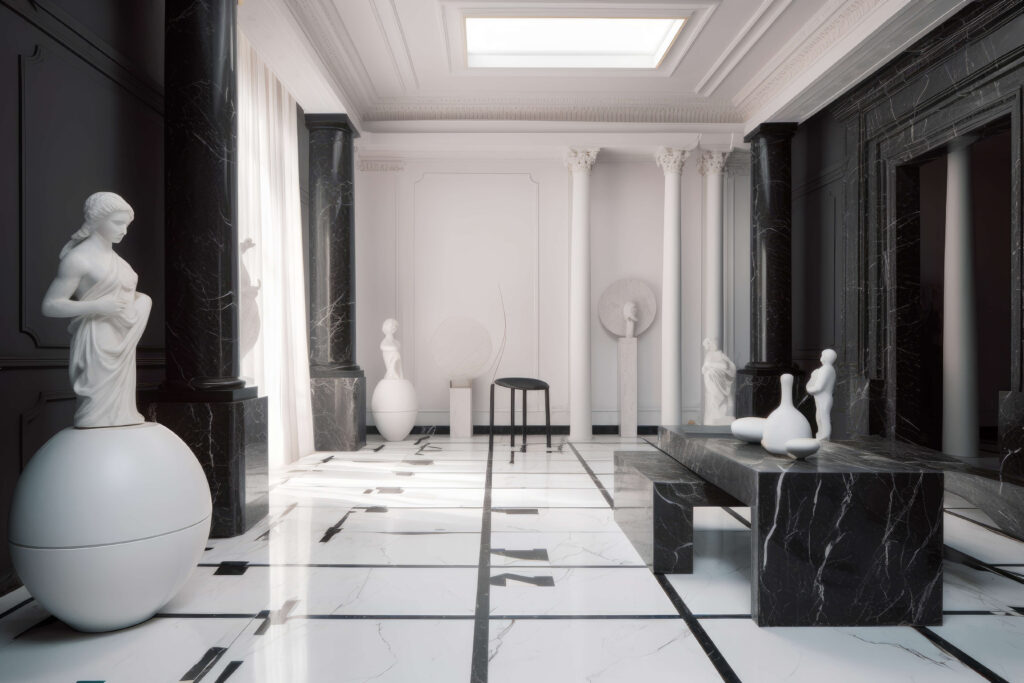The impact of art movements on living spaces and interior design is a fascinating journey through time, offering a glimpse into the cultural, social, and artistic evolution of societies. The Renaissance, a transformative period spanning roughly from the 14th to the 17th century, played a pivotal role in shaping not only the art world but also the physical environments people inhabited. Characterized by a revival of classical ideals and a renewed emphasis on humanism, the Renaissance era witnessed the flourishing of creativity and innovation in architecture and interior design.
Exploring Renaissance aesthetics allows us to uncover not only the visual splendor of these historical spaces but also the underlying philosophy that guided their creation. The emphasis on proportion, balance, and the celebration of human achievement during this period continues to influence contemporary interior design, making the Renaissance a timeless source of inspiration for those seeking to infuse their living spaces with a sense of classical beauty and cultural richness. In this blog, we will delve into ways Renaissance aesthetics can help spark creativity for modern projects, exploring key features, notable examples, and the enduring legacy that continues to shape our understanding of interior design.
Origin
The Renaissance, which spanned roughly from the 14th to the 17th century, was a period of profound transformation marked by a renewed interest in classical learning, humanism, and artistic expression. This intellectual and cultural revival had a ripple effect across various aspects of life, including the way people conceived and adorned their living spaces. The Renaissance was not merely a historical epoch–it was a catalyst for a design revolution that continues to inspire and resonate with us today.
During this period, Italian Renaissance aesthetics, epitomized by luminaries such as Leonardo da Vinci and Michelangelo, manifested in opulent palaces adorned with intricate frescoes, classical motifs, and harmonious proportions. These architectural marvels, such as the Palazzo Medici in Florence and the Palazzo Farnese in Rome, became embodiments of wealth, power, and cultural refinement. Meanwhile, in France, the Renaissance influenced the design of grand chateaux, including the iconic Château de Chambord and Château de Fontainebleau. The fusion of Italian elegance and French flair resulted in interiors marked by elaborate tapestries, ornate furniture, and a sophisticated blend of classical and regional motifs.
Some of the characteristics of the artistic style of the time had a classical influence inspired by Greek and Roman art. For instance, architecture at that time featured elements such as columns, arches, and domes. Symmetrical and balanced compositions were important as well, as exemplified by Da Vinci’s Anatomy Studies. Furthermore, the color palette was rich with vibrant hues to create realistic images.
Inspiration
The first example shown below is an interpretation of a late Renaissance design. The walls and ceilings have heavy ornamentation and fine artistic detail. The gold trim of the ceiling adds an elegant and luxurious touch. The wood furniture is simple yet well-crafted. The ceilings are high and adorned with linen curtains.
In this second example, there is meticulously carved wooden trim along the furniture and staircase. There is beautiful mosaic glass on the high windows. Every aspect of the space seems to have some ornate design. This pulls from some classic Renaissance design elements but is mixed with some later influencers as well.
In the interior below, Renaissance marble work influences this modern design. This room sets marble as a theme and is present in every aspect of the room, from the flooring to the walls, and even the furniture. Adding the marble in such a minimalistic space allows the art to take center stage. The pillars in the back also play to the Renaissance’s revival of classic architectural influences.
Similarly, below is a modern design with a Renaissance twist. The beautiful trim along the mirrors and walls adds dimension and texture to the overall space. This is a contrast to the contemporary, modern design of the velvet couch and coffee tables. These two elements create a unique variance to the room that ties well together.
Complementary Products
At Lider, no matter what kind of interior design style you prefer, we want to provide you with products that will match. Explore our catalog of wiring and lighting control devices that can easily integrate into any space.







